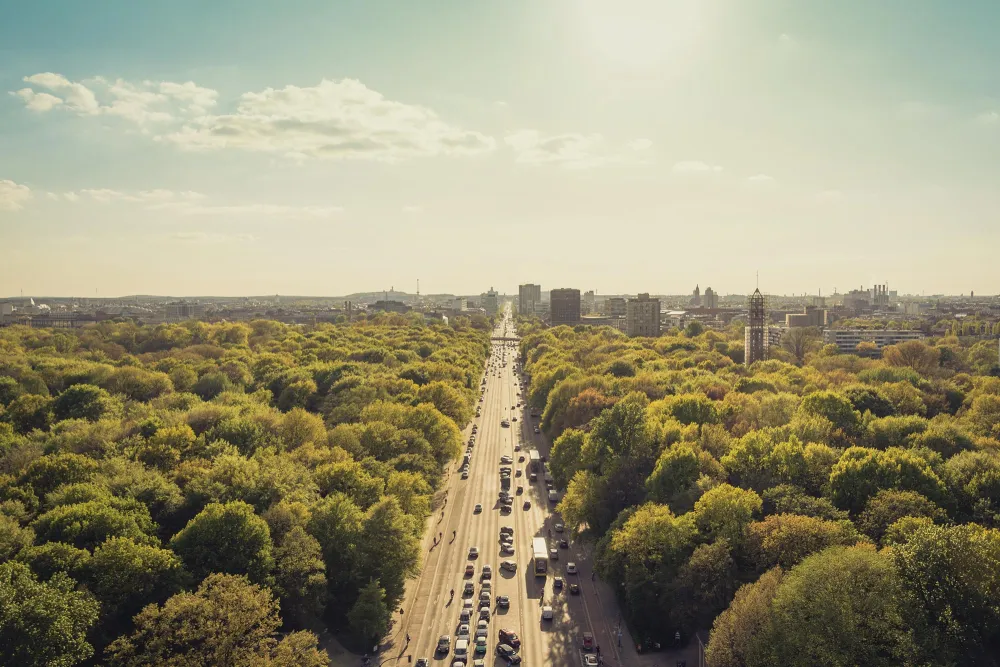Now live: The 2025 Canopy Report. Learn how Americans see trees. GET THE REPORT
Bulletin
What Is the Urban Forest?
An understanding of urban forestry and the stewardship of trees in the community has come a long way in recent decades. The term itself, “urban forestry,” is fairly recent, having been suggested by a professor at the University of Toronto in 1965. It rang strangely on the ears of some, and still does. The urban forest itself, as something to be understood, appreciated, and managed, is also not wholly accepted.

So, what is the urban forest that is at the heart of what we call urban forestry?
The answer to this question is an important one. First, it sets the parameters of what might fall under the stewardship of tree boards and municipal forestry departments. This, in turn, has taken on far more importance in recent years as scientists have quantified the ecoservices provided by the greenery in our communities. These significant contributions include cleaner air and water, energy savings, asphalt surface protection, crime reduction, mental health benefits, and more.
In smaller communities, some are troubled by the word “urban.” This concern has been circumvented by adoption of the word “community” in its place. Sometimes the usage is “urban and community.” The concepts are the same, and the usage is simply a matter of community size and preference. In this issue, we use “urban forest” as a matter of convenience.
There are an estimated 5.5 billion trees in the urban forests of the United States, providing a value of more than $2.4 trillion in environmental services and other benefits. About 80–85% of the trees are on private property, and the rest are found along streets, in parks, and around large buildings or on campuses. All comprise the urban forest and all contribute not only to their owners or managers but to society as a whole.
In This Bulletin
Here’s what’s inside:
- Defining the Urban Forest – a definition that is universally applied
- Trees Around Private Residences and Businesses – caring for this important part of the urban forest
- Parks, Campuses, and Cemeteries – more critical components of an urban forest
- Parking Lots and Transit Stations – places where trees can have some of the biggest impacts
- Arboretums and Natural Areas – community spaces with many trees and different levels of maintenance
- Summarizing the Importance of the Urban Forest – the critical role trees play in our communities
